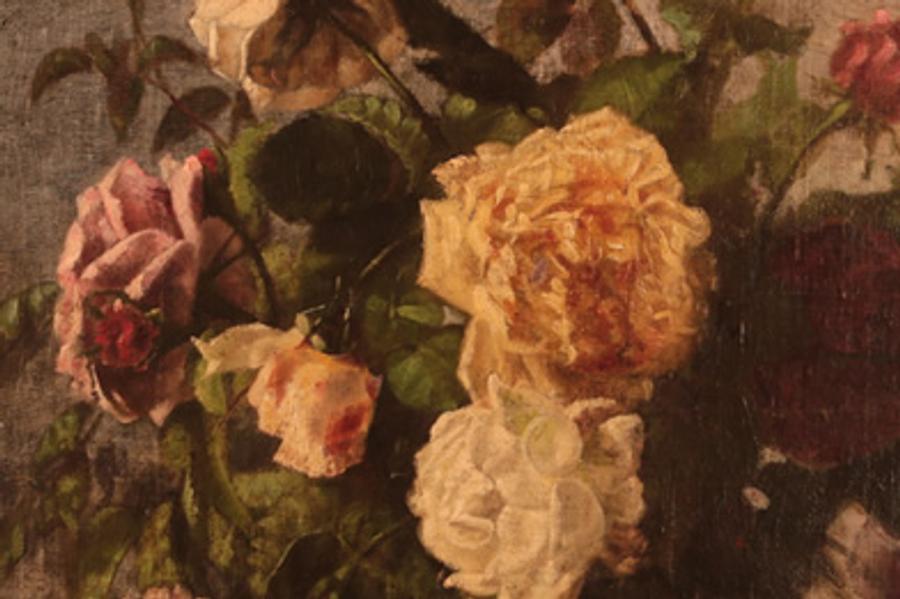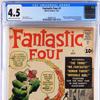Featured 19th Century Painter: Charles Ethan Porter
- March 05, 2021 11:02

Artist Charles Ethan Porter was born in Hartford, the son of a laborer father and a mother who worked as a house maid. Life was hard—in addition to being poor, the family was to lose six children to illness and to war. Three of his older brothers had fought during the Civil War. While he was still young, the family had moved to the nearby village of Rockville, CT. Porter graduated from high school there in 1865, and in 1868 left for Wilbraham, MA to study art at the Wesleyan Academy (now the Wilbraham & Monson Academy). From 1869 to 1873 he was enrolled at the National Academy of Design, the first African-American admitted to the school. In 1873 Porter studied with portrait, genre and landscape artist Joseph Oriel Eaton. Charles Ethan Porter maintained a studio in New York City during the winter and returned to Rockville in the spring, where he painted and taught art classes. In 1878 he opened a studio in Hartford, where his still-lifes sold well among the upper middle class and nouveau rich that were moving to the rapidly growing city. It was in Hartford where Porter met and became friends with writer Mark Twain. Porter’s skill as an artist cannot be in doubt as Hudson River School artist, Frederick Church, who thought that he was a superb colorist and had encouraged him to paint landscapes, bought some of his paintings in 1879. Porter did visit the Adirondack mountains in 1880, but it is for his still-lifes that he is best known today. Twain was among several prominent Hartford residents who, in 1880, provided Porter with a letter of introduction to study at the L’École Nationale Supérieure des Arts Décoratifs in Paris, France. He was abroad, studying and painting, from 1881 to 1884. A successful artist until circa 1915, Porter was one of very few artists, at the time, who focused on still-life painting. There was a distinctly noticeable decline in the quality of his work after the turn of the 20th century, so much so that the latter part of his career was marked by declining sales and poverty. Whether failing health or eyesight, racial prejudice, melancholy (his parents, two brothers and two sisters, his art dealer and good friend and artist, Samuel Comstock all died between 1900 and 1918), was the cause of the decline is unknown. However, another factor could have also contributed -- Porter’s depression combined with the panic of 1873 that began in 1873 and the fact that during those times American art collectors were shifting from buying contemporary American art to that of European artists and the Europe’s Old Masters. French Impressionism was coming to the forefront in the late 1800s and although Porter was exposed to the French plein air landscape artists while in France, and expressed a desire to paint landscapes, he painted very few. Around the time of World War I, fickle art collectors no longer wanted the beautiful, serene, detailed floral and fruit still-lifes of which Porter was a master. They wanted the new “faddish”, but “noisy”, disquieting compositions of Abstract Expressionism and its variants. Porter was a charter member of the Connecticut Academy of Fine Arts (1910). He exhibited at the National Academy of Design (1871, 1876); American Society of Painters in Watercolor (1873); and the Hartford Decorative Art Society.In addition to offering the artwork below for sale, Bedford Fine Art Gallery is also actively seeking to purchase artwork by Charles Ethan Porter





















